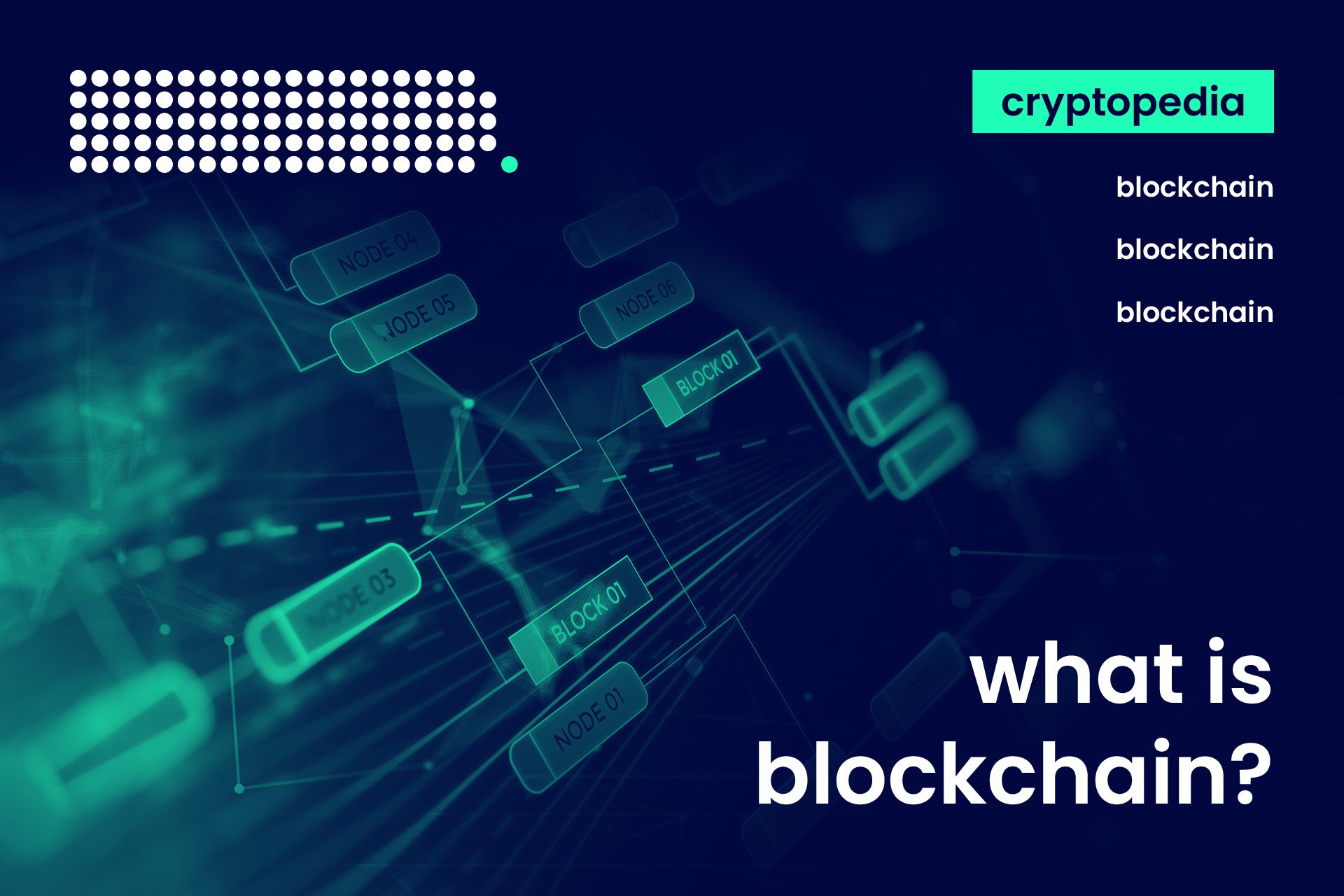
Blockchain is one of the most advanced technologies in the current day and age, and it has been for the past decade. During this time, it went through numerous changes and a complex evolution that allowed it to split into countless different versions, dedicated to countless use cases.
It has also been a topic of multiple debates, discussions, speculation, and more. It has supporters around the world, and the majority of tech experts agree that it represents the next step in our technological evolution. But, what is blockchain exactly? How did it come to be? What can it be used for? We will answer these, as well as other questions right now, so if you are interested in learning more about this technology — you have come to the right place.
What is blockchain and why was it invented?
Blockchain, or block chain, as it was known originally, is basically a list of records. These are records of transactions done through the use of cryptocurrencies. Cryptocurrencies themselves are a relatively new technology that was developed in 2008/2009, and the first cryptocurrency ever — Bitcoin — was launched with the blockchain as its underlying technology.
When a person makes cryptocurrency-based transactions, these transactions are grouped into sets of records called blocks. Blocks are then arranged in chronological order, and they represent a timeline of all transactions that were ever made and deemed true and legitimate.
Sponsored
Blockchain is also decentralized, distributed, and immutable. It is decentralized because these transactions and their verification are not done by any centralized authority. Blockchain itself is not run by any government, bank, agency, or company. Instead, it is run by members of a community, who connect their devices to the same network and confirm process all transactions, in order to verify them.
How does blockchain work?
Each blockchain network participant — called a node — has a copy of the entire blockchain on their device. This is why blockchain is considered a distributed ledger. These copies are identical, and always upgraded whenever a new block is processed and added to the timeline.
This is also why the blockchain is immutable. If someone were to change a single block — whether by adding or removing transactions — it would not impact the other copies that are part of the same network. Because of that, it is impossible to manipulate information, forge records, and alike.
Sponsored
In theory, it would be possible to do so if someone were to hack the majority of the nodes that make up the blockchain’s network, and make the changes on them. That way, the majority of the blocks would feature the fake information as true, and it would become a legitimate record in that specific blockchain’s history. However, that would require hacking hundreds, or even thousands of computers throughout the world, which is next to impossible for any single entity.
This design makes blockchains extremely safe and secure, and their ability to store massive amounts of information makes them perfect for storing important documents, files, and alike.
The uses of blockchain
Like Bitcoin, blockchain as we know it today, was invented by a mysterious person or a team known as Satoshi Nakamoto. This mysterious entity created it as a concept back in 2008, when they published Bitcoin’s white paper on October 31st, 2008. Only a few months later, on January 3rd, 2009, Bitcoin was launched, and the first block in its blockchain — known as the Genesis Block — was mined by Satoshi Nakamoto himself.
The design of Bitcoin and its blockchain was a major breakthrough in the information processing and financial industries. They presented the world with an example of a better, more transparent, decentralized technology that can be used for making transactions, storing information, and removing the dependence on banks and financial institutions.
Since then, countless other blockchains have been developed and invented, with faster processing speeds, greater block sizes, and dedicated to solving different problems. They all have their native cryptocurrencies, which fuel the blockchain and reward participants for processing transactions.
The creation of blocks: Crypto mining explained
As mentioned, each processed block contains information regarding different transactions, including time, date, the amount of money that was sent, as well as identities of participants. They also store information that distinguishes each block from others. This is called a ‘hash,’ and it allows us to tell each block apart from other blocks, much like names allow us to distinguish different people.
Processing these blocks and verifying transactions is done through a process called mining. During the process, the network participants ‘solve’ blocks and receive rewards in the form of a certain amount of cryptocurrency. These will always be new coins that are created and just released into circulation, and the money for their creation comes from transaction fees that payment senders are paying.
In reality, solving the blocks is an incredibly complicated process that is, luckily, mostly automatic. Basically, network participants have to use their computers, their computing power, electricity, and similar resources for solving complex mathematical equations. The complexity of these equations is what we call the mining difficulty. The more resources for solving the blocks (more computers, more computing power, electricity, and alike) — the more complex equations.
This is done so that the time needed for solving each block would remain the same, on average. In Bitcoin’s case, that period is at around 10 minutes. Of course, Bitcoin is pretty much the slowest blockchain out there, as every other chain that came after it recognized its slow process as a problem, and made appropriate changes to speed it up.
In other words, the more participants in solving the blocks — the more resources the blockchain has at its disposal. With more resources, the larger the mining difficulty, and more time is needed for solving the block.
Blockchains also come in two types — public and private. Public (permissionless) blockchain can be viewed by anyone, while the private (permissioned) blockchain can only be explored by those who were given access to it. This allows private blockchains to provide a greater amount of privacy, but it also reduces their decentralization. Still, it makes them a good solution for companies and their partners.
Conclusion
The topic of blockchain technology is extremely deep and complicated, but hopefully, this will provide you with some insight into what it is and how it all works. The simplest explanation is that the blockchain is a decentralized, distributed ledger that offers advanced security and has the potential to revolutionize most modern industries. It is also still evolving itself, with no one knowing what the final product might become.
It is likely that it will keep branching out until it becomes as big as the internet itself. However, that remains to be seen in years to come. For now, all that can be said for certain is that blockchain technology is much more than a passing trend, and that it is not going away.
